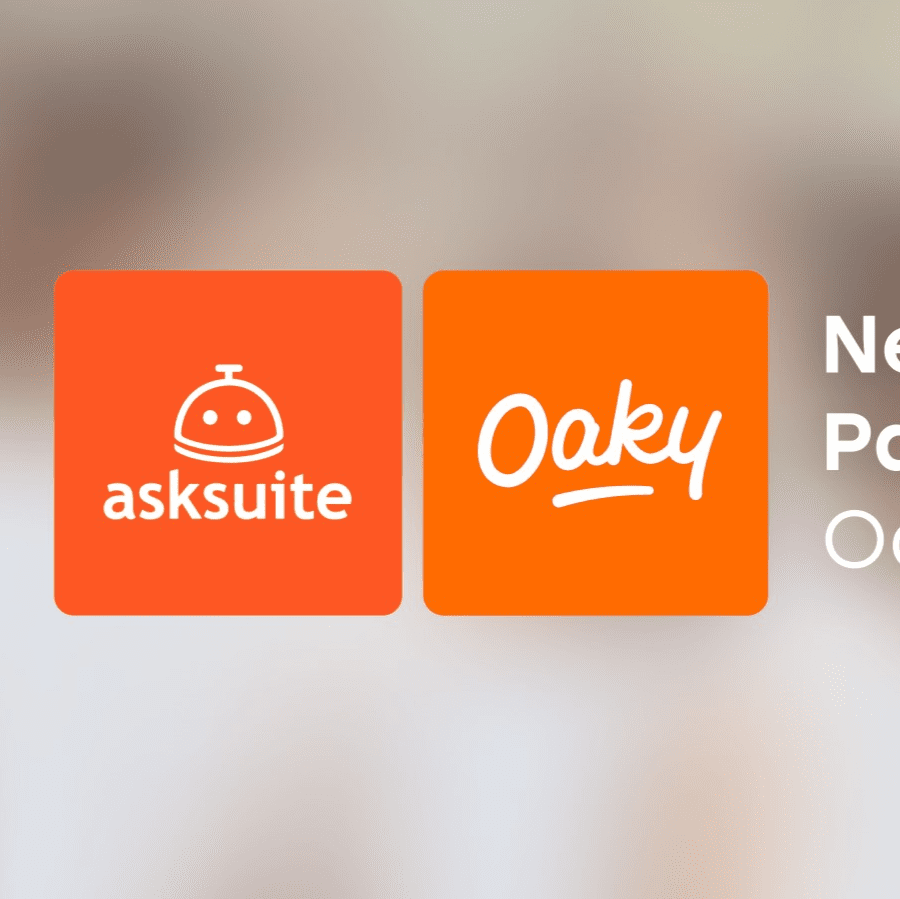Chatbots save you time and resources. However, many times when you buy a chatbot you buy a ‘project’ when what you really wanted was a ‘product’.
With many of today’s chatbots, implementation can be a long and drawn-out process, and once you have it you even have to train it! A pre-trained chatbot and the presence of an AI-driven positive network effect can solve these issues.

What is the positive network effect?
We talk about the network effect when there is an incremental benefit gained by adding users or knowledge to a network. An example of a user is a phone. A phone is only useful if other people also have one. The more people that own phones (and join the network) the more useful the technology becomes. Network effects are the incremental benefit gained as each new user joins the network.
The network effect also works for technology platforms. Uptake and usage of the platform increase the product’s value for others. This would be the case for any platform where a wide user base is required, for example, Airbnb, Expedia or Booking.com. The more accommodation that is available on the platform, the more attractive it will be for travelers to browse and book through the platform.
When it comes to AI-driven learning, the network effect means that when one part of the systems learn, the whole system benefits. For example, ReviewPro’s chatbot benefits form a positive network effect. As one chatbot in the network learns new ways of interacting with guests, the learning is applied to all the chatbots in the system. Knowledge is constant and incremental.

How does the positive network effect help chatbots?
Most chatbots come with the need to be trained on everyday questions and continuously trained on new questions. When building our chatbot we quickly realized that although we have a wide range of global clients from budget-friendly youth hostels to luxurious hotel brands, they all have the same basic questions apply to all establishments.
“What time is breakfast?”
“Can I book an extra night?”
“Are children allowed in the spa area?”
One of the solutions to this was to help the chatbot access answers from day one by providing a pre-filled knowledge base. This drastically reduces implementation because most common questions can be answered from day one.
The second solution was to create hospitality-specific conversation flows with inbuilt intent detection so the bot understands what the human wants to do. These flows are flexible and always learning thanks to the AI layer. Even better, when one bot within the ReviewPro ‘family’ of bots leans something new, the entire network benefits.
The chatbot will become more powerful the more it is being used, as more information is being added.

Are hotel chatbots useful?
The short answer is yes. As more people take up messaging and expect rapid and correct information, automation technology like chatbots will become essential to scale a business well. On the other hand, if your chatbot is clumsy, takes an age to implement, and needs a lot of upkeep, then it may take more than it gives.
Follow us for more articles and ideas on how to automate your guest experience strategy, and exceed the expectations fo your guests now and tomorrow.



















